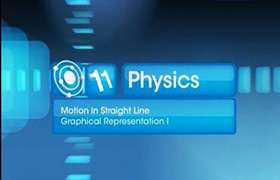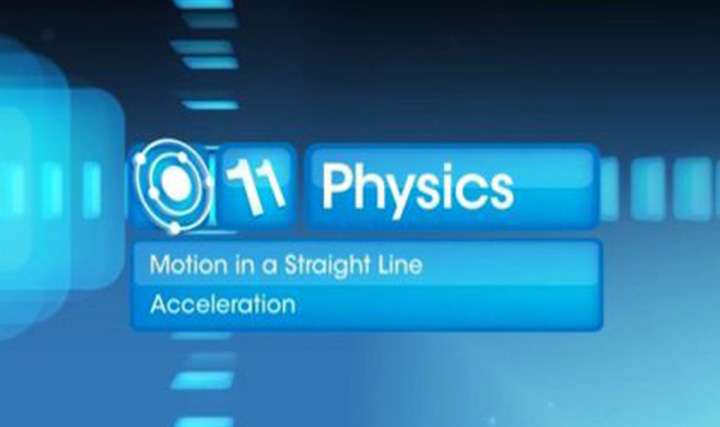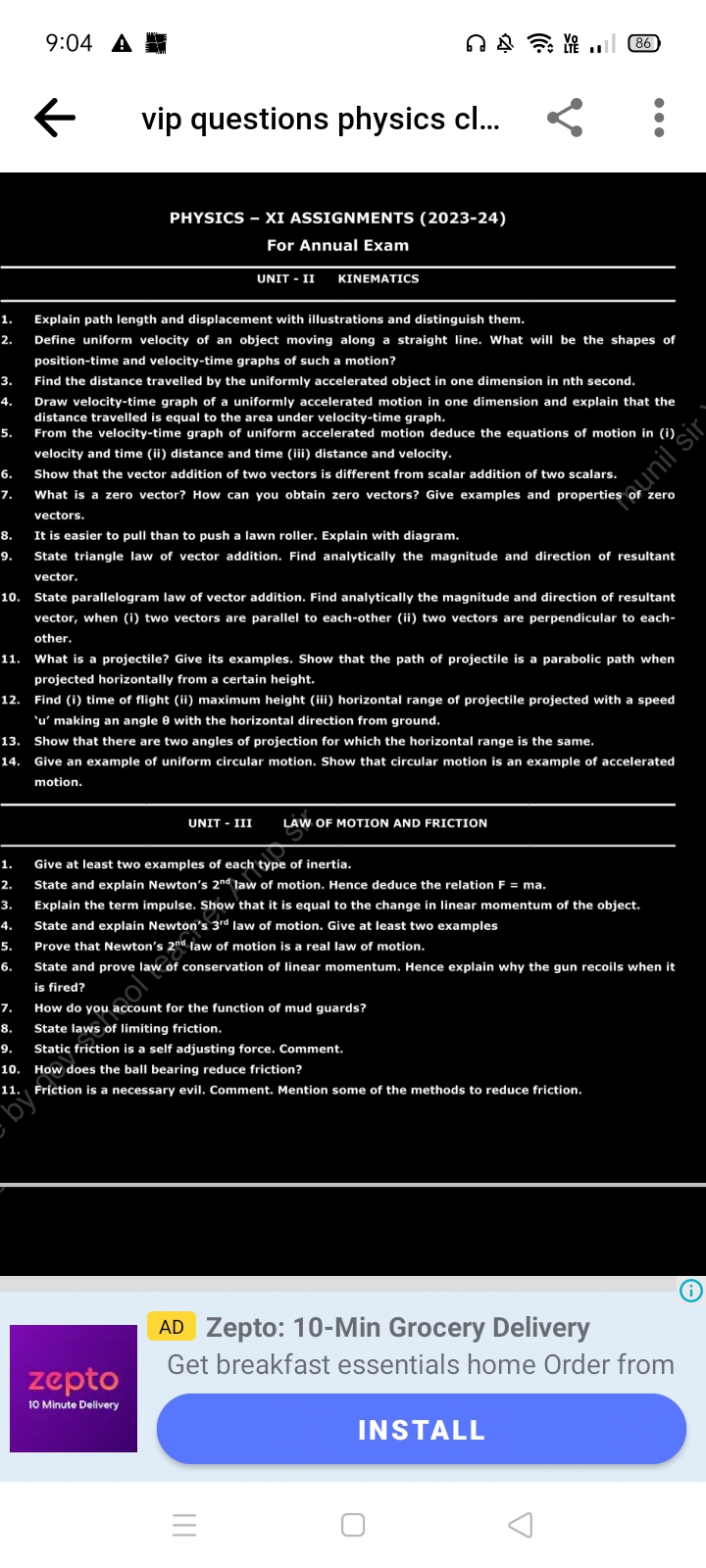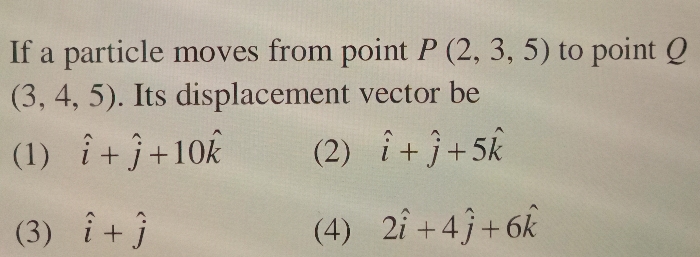CBSE Class 11-science Answered
mam,
how can we differentiate between position time graph and velocity time graph?
Asked by | 18 May, 2011, 02:55: AM
There are many ways to do so.
First, if p-t graph is a straight line and passing through origin means that the body is moving with uniform velocity and on v-t curve it will be parallel to time axis.
If p-t graph is a straight line parallel to time axis means velocity is zero after that instant, on v-t curve it will be a line coincident to time axis as velocity is zero.
And the Third and least common chance if the p-t graph is the type of polynomial ie A quadratic curve or a cubic curve, just differentiate the equation and draw a curve from the resulting one and that will be velocity-time graph.
First, if p-t graph is a straight line and passing through origin means that the body is moving with uniform velocity and on v-t curve it will be parallel to time axis.
If p-t graph is a straight line parallel to time axis means velocity is zero after that instant, on v-t curve it will be a line coincident to time axis as velocity is zero.
And the Third and least common chance if the p-t graph is the type of polynomial ie A quadratic curve or a cubic curve, just differentiate the equation and draw a curve from the resulting one and that will be velocity-time graph.
Answered by | 18 May, 2011, 03:05: AM
Concept Videos
CBSE 11-science - Physics
Asked by om636694 | 04 Mar, 2024, 09:10: PM
CBSE 11-science - Physics
Asked by dhanapolla | 28 Jan, 2024, 10:40: AM
CBSE 11-science - Physics
Asked by santoshyadav6673633 | 26 Jan, 2024, 04:55: PM
CBSE 11-science - Physics
Asked by manjusrihalder395 | 07 Jan, 2024, 09:55: PM
CBSE 11-science - Physics
Asked by rahmanshah8572 | 29 Dec, 2023, 08:41: PM
CBSE 11-science - Physics
Asked by klvnsnthl | 25 Dec, 2023, 07:50: PM
CBSE 11-science - Physics
Asked by pothulasubbarayudu | 25 Dec, 2023, 06:58: PM
CBSE 11-science - Physics
Asked by neerajchaurasiya651 | 10 Dec, 2023, 09:32: PM
CBSE 11-science - Physics
Asked by debasishbarik2006 | 17 Nov, 2023, 07:03: PM








